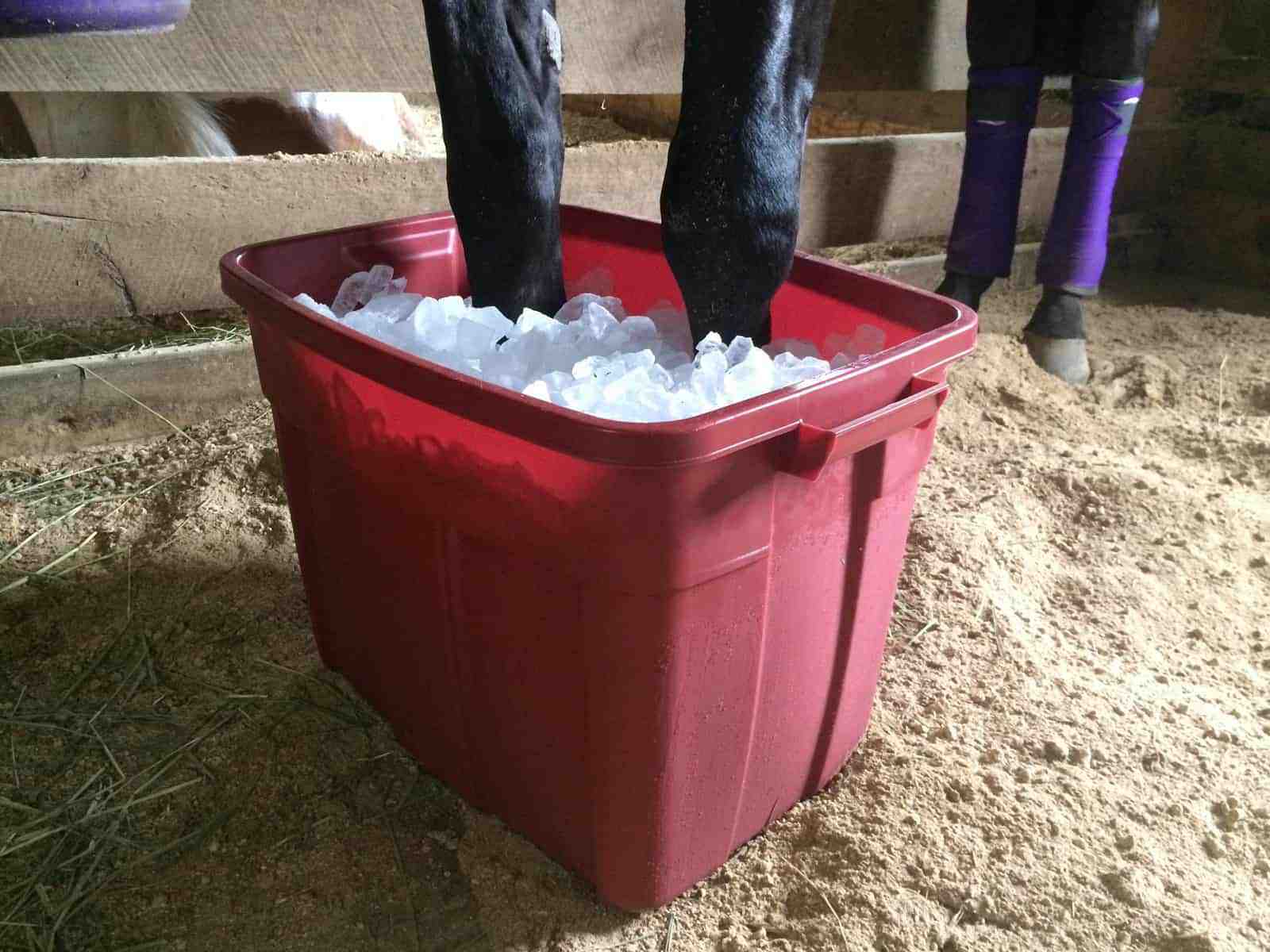Correct grain overload keeping the animal moving and the claws cool.
Acute laminitis in cattle.
Nsaid non steroidal anti inflammatory drug injectable ketoprofen 2 to 4 mg kg im iv.
Laminitis is a disease that affects the feet of ungulates and is found mostly in horses and cattle clinical signs include foot tenderness progressing to inability to walk increased digital pulses and increased temperature in the hooves.
Injectable diphenhydramine 0 5 to 1 0 mg kg iv im.
Hind lateral and front medial claws are more commonly affected by laminitis than the other claws.
This causes gram negative organisms to die and release vasoactive endotoxins.
The classic hypothesis suggests that high levels of carbohydrate in the diet see subacute ruminal acidosis invoke an increase of streptococcus bovis and lactobacillus spp which induce a state of acidosis in the rumen.
Laminitis has long been considered as inflammation and edema of the sensitive laminae of the hoof following transient ischemia that is often associated with a coagulopathy and causing breakdown and degeneration of the union between the horny and sensitive laminae.
Antihistamines may be useful e g.
A post mortem x ray study of laminitis in barley beef animals.
Effects of grain overfeeding and histamine injection on physiological responses related to acute bovine laminitis.
Takahashi k young ba.
Speaking to a large crowd at the national cattlemen s beef association s cattleman s college in denver today tom edwards dvm kearney neb offered some tips on laminitis and responsible handling of downed cattle.
In severe cases cattle may therefore stand cross.
However founder usually refers to a chronic long term condition associated with rotation of the coffin bone whereas acute laminitis refers to symptoms associated with a sudden initial attack including pain and inflammation of the laminae.
Laminitis is more common and more important than it is usually given credit for.
Acute laminitis cattle affected by acute laminitis generally have a stiff and tender gait an arched back and have the hind limbs and some times thefront limbs also placed well under the body.
The etiology of subclinical laminitis in cattle is not understood.

